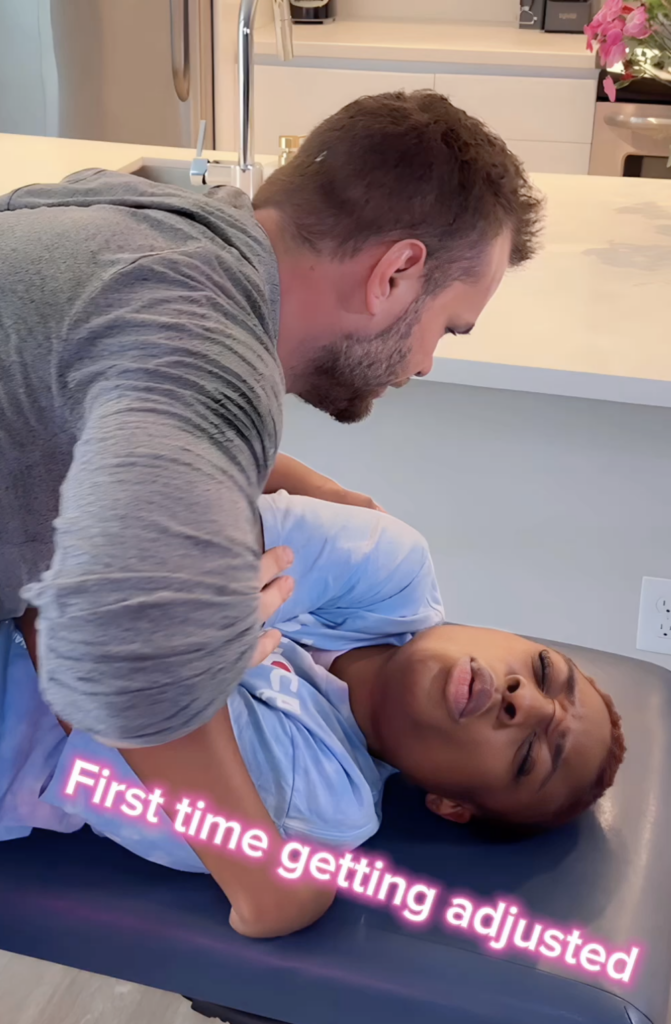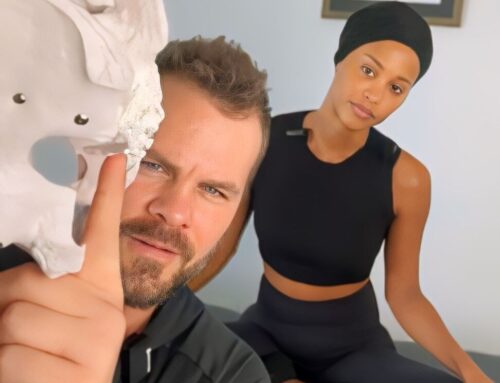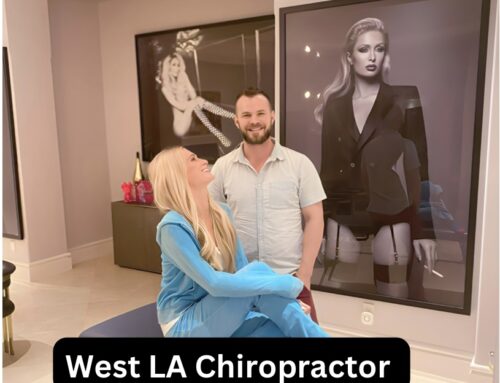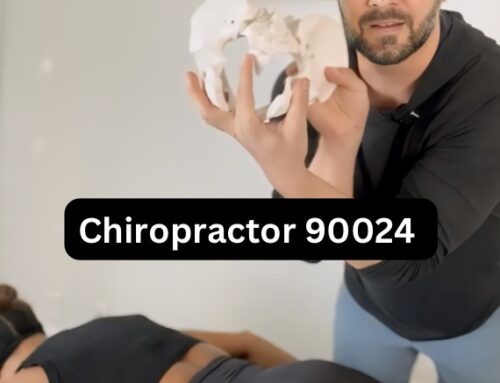Top-rated Chiropractors Specializing in Various Techniques in Los Angeles

Chiropractic techniques encompass a variety of methods used by the best chiropractors in La to assess, diagnose, and treat musculoskeletal conditions. Here’s a list of some standard chiropractic techniques:
Dr. Dean puts personal commentary and opinion of each below description.
Chiropractic Approaches and Opinions
Diversified Technique: This is one of the most widely used chiropractic techniques. It involves manual adjustments to correct misalignments (subluxations) in the spine and other joints using quick, low-amplitude thrusts.
Opinion: This is a method to pick and choose the best adjustments from various other techniques or specialties. Diversified is the Method Dr. Dean uses.
Activator Method: This technique utilizes a handheld device called an Activator Adjusting Instrument to deliver gentle, targeted adjustments to specific areas of the spine or extremities.
Opinion: Great for elderly patients where bone density is a concern. Some patients also don’t like to hear the popping sound, which is a gentle alternative.
Flexion-Distraction Technique: Often used to treat conditions such as disc herniations and spinal stenosis, this technique involves gentle traction and decompression of the spine using a specialized chiropractic table that flexes and distracts the affected area.
Opinion: Great Table, but rarely needed if the chiropractor is proficiently trained in the McKenzie Method.
Thompson Technique (Drop-Table Technique): In this technique, the chiropractor uses a specially designed chiropractic table with segments that can be dropped slightly during the adjustment process, allowing for a more comfortable and practical adjustment.
Opinion: Great for SI joints and extremities.
Gonstead Technique: This technique emphasizes the precise analysis of spinal misalignments and utilizes specific adjustments delivered by hand to correct subluxations.
Opinion: A more aggressive style of chiropractic adjustment can be very effective but requires the patient to trust the chiropractor.
Sacro-Occipital Technique (SOT): SOT focuses on the relationship between the sacrum (the triangular bone at the base of the spine) and the occiput (the base of the skull), utilizing gentle adjustments and pelvic blocking techniques to restore balance and function to the spine.
Opinion: Controversial, but effective. Modified chiropractic technique following traditional osteopathic principles.
Applied Kinesiology (AK): AK combines manual muscle testing with chiropractic adjustments to assess and treat imbalances in the body’s structural, chemical, and emotional systems
Opinion: It has some merits and follows neuroscience principles, but many practitioners overly rely on anecdotal findings. It needs more evidence to support efficacy.
Graston Technique: This technique involves using specially designed stainless steel instruments to perform soft tissue mobilization and address scar tissue, adhesions, and fascial restrictions.
Opinion: Generally, the standard description above needs to be revised. Current research does not support the claim that Graston alters scar tissue. The mechanism of treatment benefit is most likely neurologic modulation by receptor activation or simulation of blood flow to the area. A common mistake is using the technique too aggressively, which causes unnecessary bruising.
Cox Flexion-Distraction Technique: Similar to the traditional flexion-distraction technique, Cox Technique involves a specialized chiropractic table that allows for controlled traction and flexion of the spine to alleviate pain and improve mobility.
Logan Basic Technique: This technique focuses on the sacrum and involves gentle, sustained pressure applied to specific points to release tension and restore alignment in the spine.
Opinion: Many Chiropractors I trust claim that “when you need it, you can’t do anything else.” I would never go internal into a person’s rectum, nor have I ever felt I couldn’t address the problem without it.
Network Spinal Analysis (NSA): NSA utilizes gentle touches along the spine to facilitate the body’s ability to release tension and develop new strategies for dealing with stress.
It is the most unscientific technique as you could imagine. People claim great results, but it’s by hovering the hand over the spine. A chiropractor never touches the patient, so I’m skeptical.
Upper Cervical Specific Techniques (e.g., NUCCA, Blair Technique): These techniques focus on the upper cervical spine (the area near the base of the skull) and use precise adjustments to correct misalignments and restore proper function.
Opinion: I’ve had a few instances in my career where an upper cervical chiropractor could achieve better results than myself utilizing this system, usually when involving a severe car accident with a side impact.
These are just a few examples of the many chiropractic techniques available. Chiropractors may use a combination of techniques tailored to each patient’s individual needs and preferences. It’s essential to consult with a qualified chiropractor to determine which methods may be most suitable for your specific condition and health goals.
Reach out to Dr. Dean by texting or calling 323-354-6077 or emailing at drjustindean@gmail.com
Our editorial practices include evidence-based practices, interventions, and recommendations.

Dr. Justin Dean is the only one I trust my whole family with. NCA is outrageously effective.
Sean Rad
Founder of Tinder

Dr. Dean fixed my chronic tension headaches in a visit and had me SLIVING (slaying + living) in no time!
Paris Hilton
Entrepreneur, DJ, Media Personality

Within 15 seconds of working with him I squatted pain free for the first time in 8 years. Dr. Dean gave me my life back.
Sam Moore
Former Elite Volleyball Player

I have trusted Dr. Dean with my elite athletes and my own nagging injuries! I recommend his services to any athlete looking for support.
Bradford Scott
Head Sports Performance Coach, Atlanta Braves






Your writing always sparks new ideas and perspectives for me.
Dr Justin Dean is an amazing Chiropractor